Electrical Engineering (1st)
These projects are at the midpoint of a two-semester sequence. They are not complete.
Lords of Synth
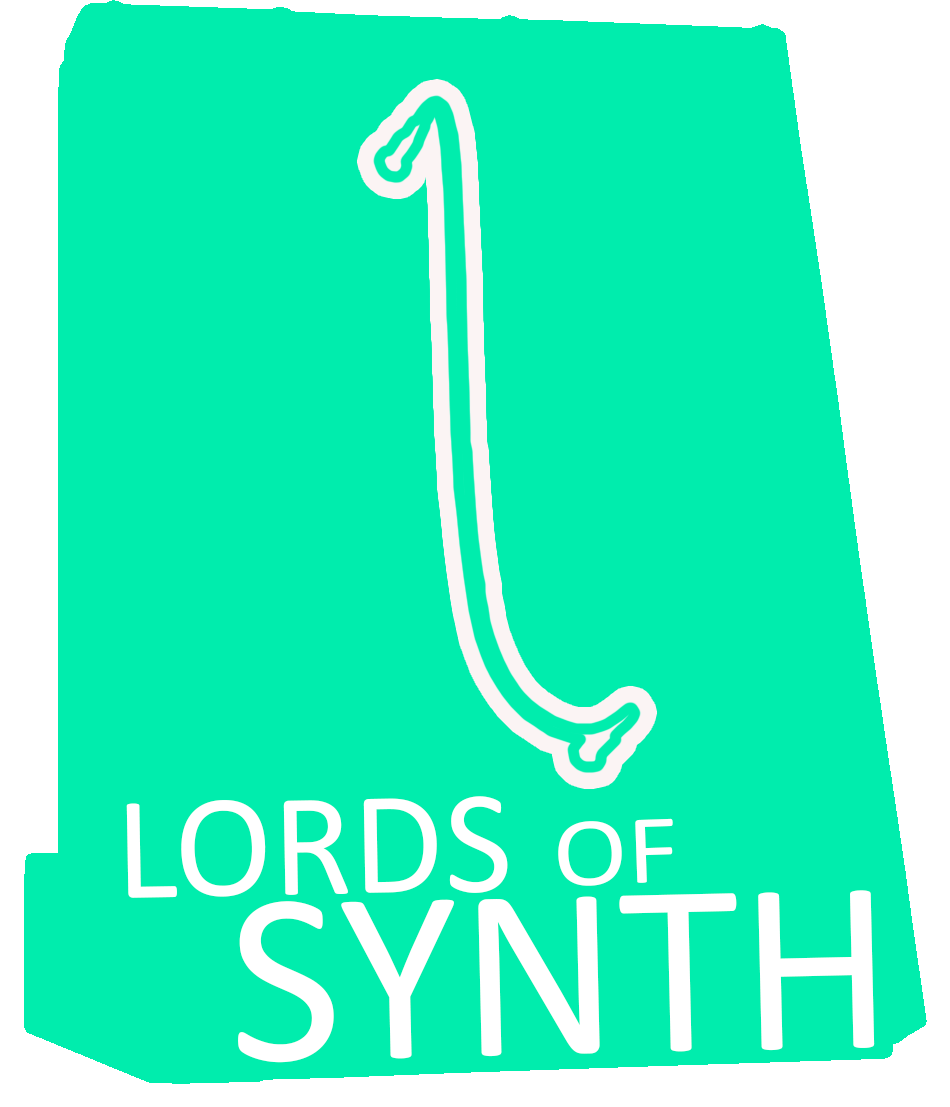
Sponsor: Texas State University & Dr. Richard Compeau
Student Team: Jacob Sees, Claire Akers, Miles Keyser, Charles Morales
Faculty Advisor: Dr. Richard Compeau
Ultimately, the product constructed will be a 1 Volt per Octave battery powered analog synthesizer. The synthesizer will be able to output several different waveforms within the fourth octave defined by the twelve-tone equal temperament. Additionally, the synthesizer will be capable of accepting control voltage from an external keyboard and will be playable through an external speaker.
Analog Synthesizer

Sponsor: Texas State University
Student Team: Martha Fabiana Jaimes, Daniel Sandoval, Brandon Ussery, Tim Watson
Faculty Advisor Dr. Richard Compeau:
The product developed by this team is a battery powered monophonic analog synthesizer that follows a one volt per octave scale. The analog synthesizer takes a control voltage from a piano style keyboard and generates a wave at a specific frequency to match the note for the key pressed and then outputs that wave to a speaker. The analog synthesizer will follow a tuning of A equals 440 Hz and will divide the octave using equal temperament resulting in 12 equally spaced semitones.
Drone Predictive Maintenance

Sponsor: Airogistic
Student Team: Laron Lino, Alex Robles, Gavin Johnson, Gabe Lopez
Faculty Advisor: Mr. Mark Welker
Drones have been successfully incorporated into many fields, from aerial pictures to making deliveries, and conducting surveillance to name a few. A major concern is safety thus our project will continue the work from the past team, TXST Skywalkers, focusing on predictive maintenance in monitoring the drone’s essential hardware so that it does not fail while airborne. TXST Thunderbirds, working together with an IE, and a MFGE team, will consistent monitor the drone’s components primarily using temperature, force, sound, and RPM sensors including ROS. The data collected will be used for further analysis to extend utilization over time while keeping flying safe .
Drone Recover Rover

Sponsor: Airogistic
Student Team: Wade Mackey, Brent Cole, Matthew Hebert, Thomas Paveglio, Maximino Rios
Faculty Advisor: Mark Welker
Autonomous ground based rover that uses object detection, LIDAR, and GPS to achieve drone recovery. The rover uses these systems to find the crashed drone and navigate to them. Once the rover has reached the drone, the robotic arm on the rover reaches out to pick up the drone. Once the drone has been recovered, the rover returns to the race stand to return the drone to it's owner. This rover will improve the functionality of the DRONEDOME as a racing arena and prevent the need of humans entering the race area.
31 Degrees Team
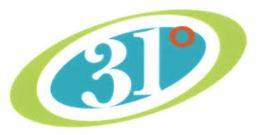
Sponsor: 31 Degrees, Dr. Patrick Thomas, and Wes Lange
Student Team: Ashley Weston, Bailey Alford, Phong Bui, Devon Frazier, Jonathon Rivera, Will Roper
Faculty Advisor: Mr. Mark Welker
Our device is an intelligent scale device designed to enable 31 Degrees event operators to remotely monitor product levels within geographically dispersed drink dispensing tanks. Sensors embedded in the device detect the weight of product held inside a tank and subsequently deduce other factors, such as product volume, which are displayed to users on an operational dashboard. Additionally, the device monitors its battery level and the temperature of the product, while using a communications network to transmit recorded data to a cloud-supported database.
Solar Monitor

Sponsor: Dr. Semih Aslan
Student Team: Carolina Bueno-Ponce, Patrick Harris, Braydon Manning, Jeffrey Pearce
Faculty Advisor: Dr. Semih Aslan
This system will take two different technologies and will compare a fixed solar panel to a sun tracking panel. A Raspberry Pi will gather voltage and current data from the panels. Then the Pi will send that data to a website that can be accessed. The data can also be viewed from a phone or tablet via Bluetooth and/or Wifi.
Wireless Speaker System
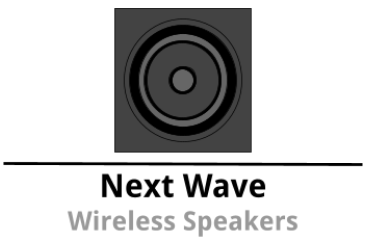
Sponsor: Mark Welker
Student Team: Jayla Moon, Duy Nguyen, Trevor Senter, Jaylon Williams
Faculty Advisor: Dr. Harold Stern
Our product is a 2.1 audio system with built-in crossover and wireless left and right speakers. It accepts input through a 3.5mm headphone jack and transmits wirelessly to the speakers and subwoofer. The crossover system splits the audio signal at 200Hz to send lower frequencies to the subwoofer and higher frequencies to the main speakers.
Wireless Speaker System
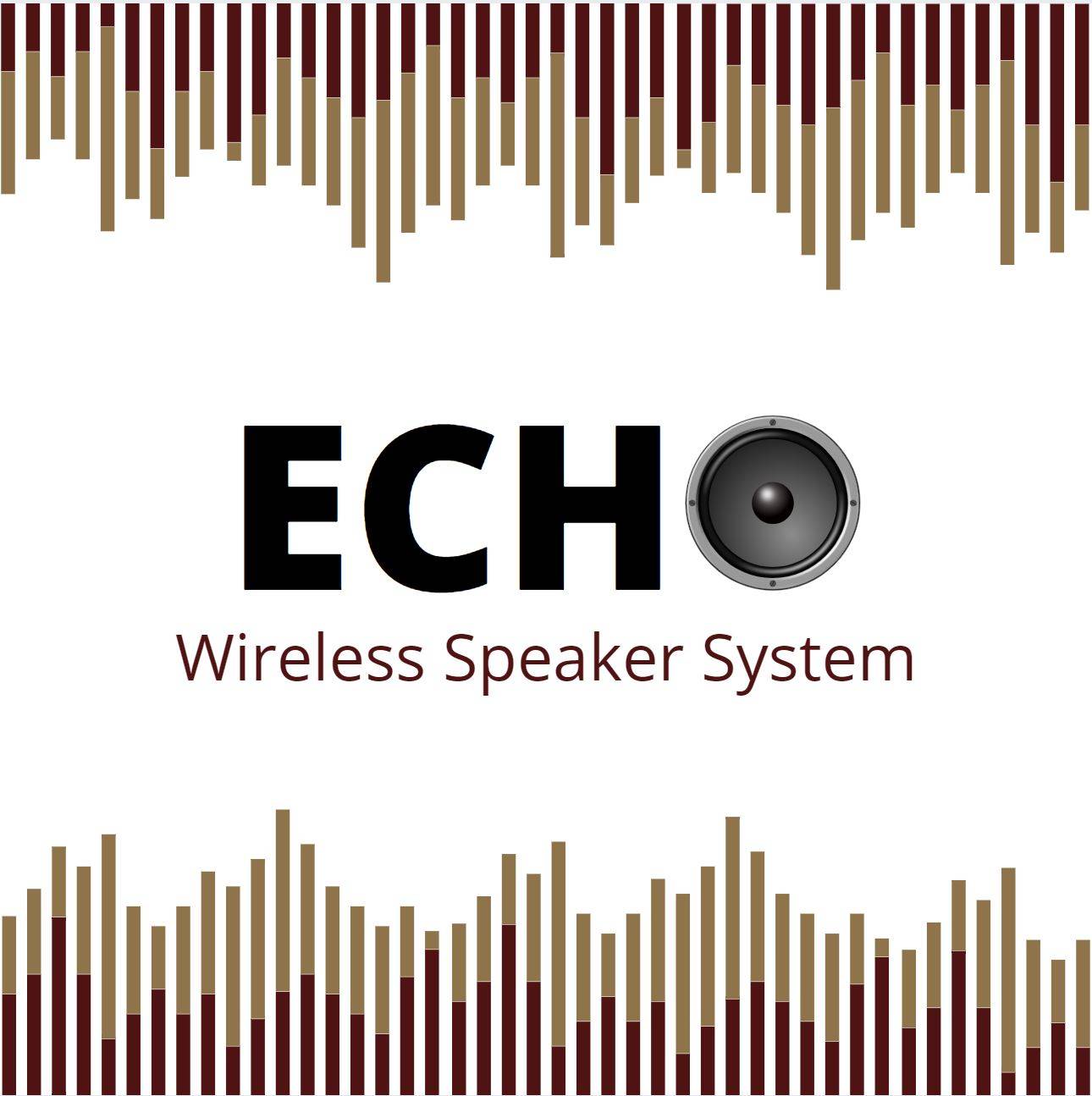
Sponsor: Texas State University - Mr. Welker
Student Team: Haley Hirschfield, Sergio Morales, Jerson Quispe-Canales, Mason Killingsworth
Faculty Sponsor: Dr. Harold Stern
Our project is a wireless and rechargeable speaker system with two speakers and a subwoofer that is capable of being used in at least a 10’x10’ room. The audio input through a 3.5 mm jack will be split by an analog crossover (Linkwitz Riley) with a filter response rate of -12dB/octave. The speakers will have a frequency range of 200 Hz to 20 kHz and the subwoofer will have a frequency range of 35 to 200 Hz.
Tetherband

Sponsor: Texas State University
Student Team: Nicolas Canals, Kyle Mueller, Carlie Campos, Eric Hull
Faculty Advisor: Mr. Lee Hinkle
Our project is a distance tracking bracelet connected to a smartphone which triggers alerts when the bracelet goes out of range from the smartphone. We will be creating a smartphone application that can be used on common consumer models. Our final product will be an affordable bracelet with water-resistant housing in a compact size to fit the size and environment of curious kids. The project has intended use cases in the childcare and education industries for keeping track of children in a group setting.
Smart Bracelet
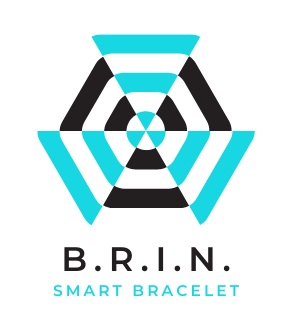
Sponsor: Lee B. Hinkle
Student Team: Isabel Lugo, Brennan Joles, Nadya Buentello, Rosa Tostado
Faculty Advisor: Lee B. Hinkle
A programmable bracelet used to designate children to a specified group based on the color of the LED displayed. It is connected and controlled by a handheld device and will detect when it is out of range. An alert is given to the child wearing the bracelet via LED flashes, vibration and sound and to the one holding the device via message on the app.